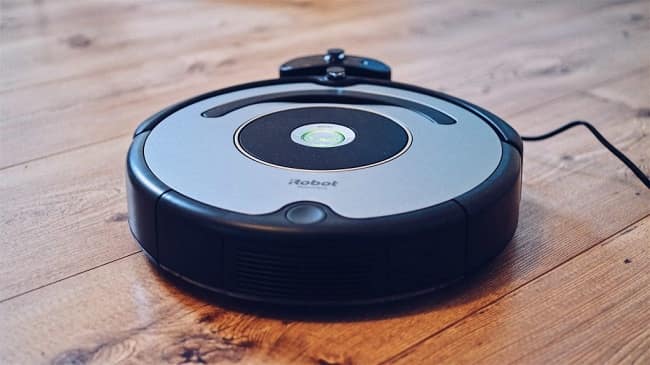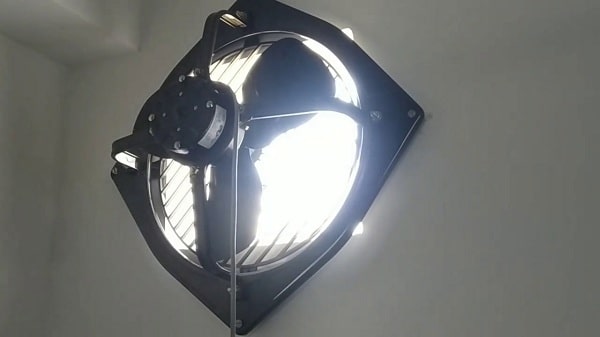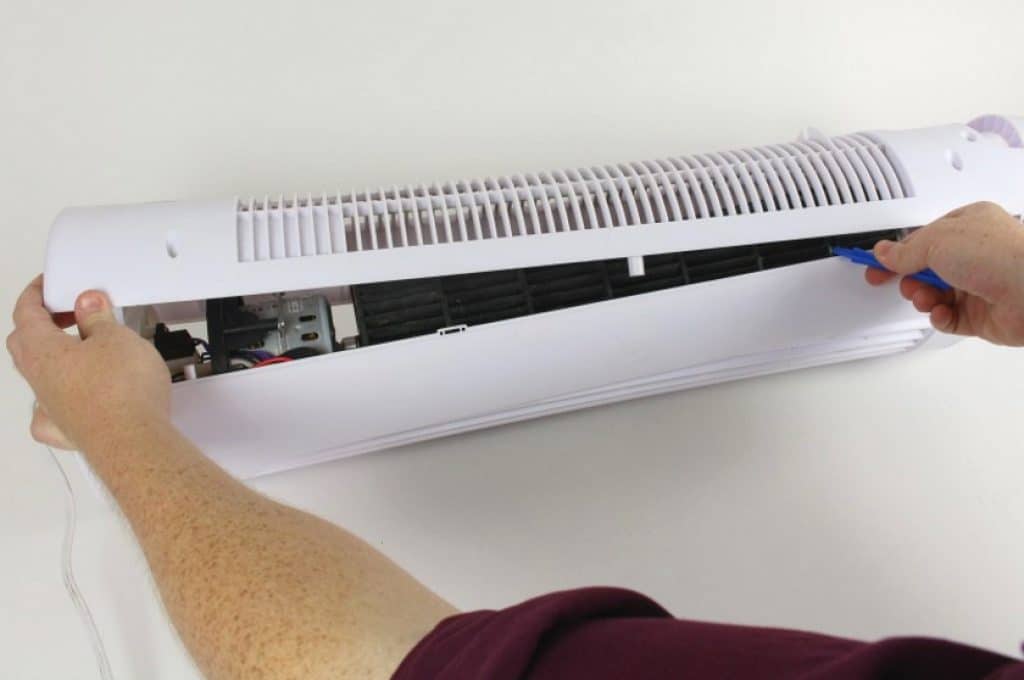Vacuuming your whole house is among the most time-consuming cleaning tasks. Thankfully, several businesses have nearly developed robot vacuums that perform the entire job for you. Instead of getting your big vacuum to clean up messes or even your entire house, tell your robotic vacuum to do it. Automation is essential for keeping your place clean with the least amount of effort on your part.
The robot vacuum cleaner is useful. Because it cleans for you, this robot vacuum might save you a lot of time. Unlike ordinary vacuums, the bot within the robot vacuum cleans the floor for you without the need for any physical effort.
How Does Robot Vacuum Work?
The science underlying robot vacuum cleaners are fascinating and straightforward. A series of sensors are used by robotic vacuum cleaners.
These sensors direct the robot’s movement about the space that has to be cleaned by informing it which way to go. In addition, the robot vacuum’s sensors instruct it not to move in certain directions, such as down a staircase or into an obstacle.
They can both rotate and reverse to cover every square inch of your floor.
Spinning & rolling brushes
Most robot vacuums have 1 or 2 spinning brushes and one or two rolling brushes. These act together to draw large and small garbage inwards to the device’s core, where the vacuuming mechanism suctions it into the waste container.
Everything the vacuum catches, including dust, hair, debris, fur, and other debris, is kept in a removable portion. When the tray is full, the owner must usually remove it and toss everything into the garbage.
The mechanism behind robotic vacuum cleaners working
The top autonomous robot vacuum cleaners also have a variety of sensors. The most common type of sensor is one that faces down and prevents the gadget from going over a ledge, such as a set of stairs. Sensors on the top of more expensive models can track rooms as they clean.
Simple robot vacuums can easily be set up to operate on a plan using the device’s settings. Basic controllers, smartphone apps, and even a voice assistant can control higher-end versions.
Whatever device you choose, you can rest assured that it will collect debris from everywhere. You can come home to a clean place any day because these vacuums may be scheduled to run if you’re not home.
How it collects dust?
Robotic vacuum cleaners work the same way as bigger vacuum cleaners when it comes to gobbling up dust and debris from carpets and hard floors: they use a set of brushes and in certain cases a spinning brush bar, to lift and gather the grime and suck it up in the dust container.
Before reaching the debris container, dirt is usually pushed through a filter, although some automaton vacuums must be manually process drained, others would immediately unload the components of their debris cup into a bigger waste bin in a loading dock, allowing it to clean numerous times before requiring your input.
Because most robotic vacuum cleaners are round, there are a lot of tiny brushes that extend the perimeter of the vacuum to capture dust and debris that has settled on baseboards as well as the edges of a room.
Infrared lasers
More expensive robotic vacuum cleaners utilize infrared lasers to determine the size and shape of a space, whereas less expensive models depend on physical boundary strips that must be placed on the floor to guarantee the robots only clean in a certain area.
The robotic vacuum will then go around the room in a logical path, cleaning every bit of your carpeting or hard flooring.
The sensor is also used when the robotic vacuum moves around rooms with varied floorings, such as carpet and hard floors, to ensure that it does not become caught between them.
Set up a cleaning schedule
Cleaning schedules can be set if you want to ensure things get done on time, and you can use an application (or even a remote control) to begin the cleaning process whenever you need it.
Many robot-vacs also have voice assistant integration, such as Amazon Alexa, Google Assistant, and Siri, so you can tell them to start cleaning with your voice, making it a hands-free experience.
Packed by rechargeable batteries
Robot vacuums, as previously noted, are operated by battery packs and can clean for one to three hours depending on the cleanliness level selected.
When your robot vacuum needs to be recharged, it will notify you, though some will resume to its docking station automatically. A robot vacuum might require anywhere from 5 to 7 hours to fully recharge.
Sensors that see through
A robot must be able to travel freely within a room while remaining out of danger to efficiently clean it. Even with a camera on board, they don’t see the world in the same way humans do. Instead, they utilize a variety of sensors to identify obstructions and other dangers, track their progress, and discover new regions to explore. These sensors activate pre-programmed responses, which govern how the robot reacts. The types of sensors used by robot vacuums and also how they work vary by brand and type, but the following are universal:
Obstacle sensors
Our houses are indeed a hindrance course of chairs, side tables, couches, and stray toys from the perspective of a robot cleaner. Sensors on or near the vacuum’s shock-absorbing bumpers enable it to navigate around these obstacles without slowing down. The sensor is activated when the bumper collides with an object, and the robotic vacuum knows to rotate and move further away till it discovers a clear path. Where the bumpers make contact determines which way it will go. When a vacuum strikes something with the opposite flank of its bumpers, for example, it will usually turn right because the object is to the left of it.
Now when you are aware about the robotic cleaner workings, bring home the best one for hassle-free cleaning.
Related Topics:
- What Is A Robot Vacuum Cleaner? Its Features & History
- How Much Power (Watts) Does A Robot Vacuum Use?

Santosh Kumar is an editor at unfoldstuffs.com and a professional content writer. With years of experience he is passionate for creating engaging, informative and impactful topics.










